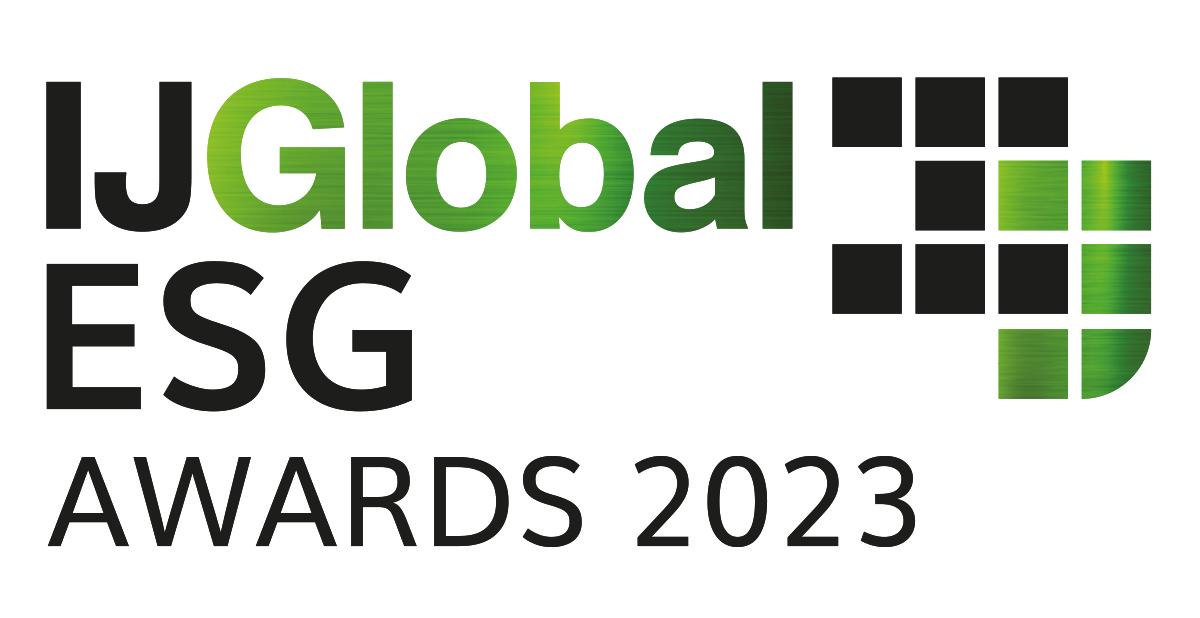IJGlobal ESG Awards – Energy Transition, MENA – Project Lightning
Project Lightning – the 3.2GW Abu Dhabi Subsea Transmission System to power oil and gas production – proved a divisive winner for IJGlobal ESG Awards 2023… but we stick by our guns with this one for the role it plays in decarbonising O&G extraction.
We are increasingly going to see projects of this nature crop up and believe that it’s important to recognise the efforts being made to decarbonise the process… because we need it.
One of our judges was particularly in favour of it, saying: “This is one of my favourite projects over recent years. There has been commitment to overcome the technical challenges and it has become a lighthouse project for the decarbonisation of the oil and gas sector… which sadly we can't do without from a social perspective right now.”

However, in the role of arbiter, IJGlobal is stepping in to recognise this project – living in the “real world” – and salute efforts to minimise the impact of O&G drilling in the Middle East by sourcing the electricity required for rigs from renewable energy sources.
Project Lightning reached financial close on 23 September 2022 led by ADNOC and TAQA (each with 30%); KEPCO, Kyushu Electric Power, Kyuden International Corporation and EDF (10% each).
The debt package amounted to $3.1 billion and the largest tranche was the export credit facility arranged by JBIC and Export-Import Bank of Korea at $2.3 billion. The $800 million term loan was split among SMBC, BNP Paribas, MUFG and Standard Chartered Bank.
It involves the development of a high voltage direct current (HVDC) subsea transmission system in the United Arab Emirates issued by Abu Dhabi National Oil Company (ADNOC) and Abu Dhabi National Energy Company PJSC.
The project will develop and operate 2 separate HVDC systems where ADNOC operates substantial oil and gas production facilities.
ADNOC currently generates electricity for these operations through gas-powered turbines which are nearing the end of their design life. Additionally, as the company further develops its offshore O&G reservoirs, it will require significantly more capacity.
The HVDC systems will not only be a more reliable, efficient and cost-effective source of electricity, but they will also reduce the carbon footprint of ADNOC’s offshore production facilities by a significant proportion.
By decreasing the inefficient use of gas, ADNOC will also be able to divert gas to overseas markets.
The project is being delivered on a build, own, operate, transfer (BOOT) basis by the consortium’s project company and is expected to be commercially operable by 2025.
It will power ADNOC's offshore O&G production facilities with cleaner and more efficient energy sources from the mainland delivered through the TAQA grid for a span of 35 years.
By transmitting and using the clean energy that is being developed in the UAE from the mainland, it will be possible to significantly reduce the CO2 emission in the offshore O&G production, in accordance with the UAE’s Net Zero by 2050 Strategic Initiative.
Request a Demo
Interested in IJGlobal? Request a demo to discuss a trial with a member of our team. Talk to the team to explore the value of our asset and transaction databases, our market-leading news, league tables and much more.